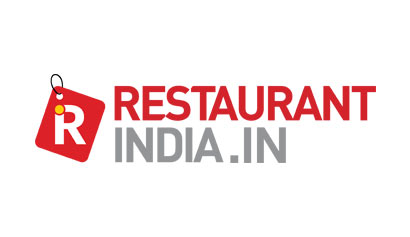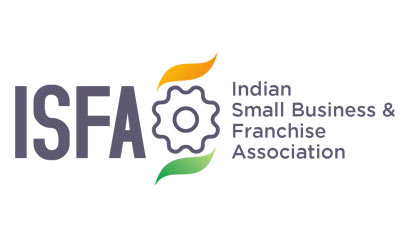To get access to over 10000+ Franchise Business Opportunities.
Network with the growing Business Community to get expert interventions to let you learn to Grow & Expand your Business with Franchising.
Satyan Mishra, co-founder and managing director of Drishtee, outlines the various aspects of micro-franchising that can reap rich dividends in rural India

Social enterprises seeking to create value at the base of the pyramid have always had the choice of pursuing open source versus closed models. Somewhere between these two competing scale-up models is the model of franchising. The 1,00,000 CSCs (common service centres) set up through the Indian government and nearly 60,000 financial inclusion centers (with some overlaps with CSC) established under the aegis of the RBI by various banks are examples of what rural franchising in India can offer. However, we have just scratched the surface. India has innumerable potential for micro-franchising. For unlocking the true potential of ‘Skill India’ or ‘Make in India’ the answer lies in how we create a model of sharing the revenues and responsibilities with the rural youth.
A franchising model at its core needs a replicable, simple and valuable business model. In addition, there should be a certain level of control which both the franchisee and franchiser must have within the business in order to find a common place of mutual respect. For example, Drishtee, one of the largest rural franchiser in India, started its franchisee operations by providing government services through ICT kiosks. The responsibility of the backend (ensuring delivery by the government machinery) was taken up by Drishtee while citizen acquisition and interface was handled by young trained entrepreneurs. Such a relationship, backed by a suitable share of revenue, is considered a stable and scalable model.
Skill India
In the case of Skill India, the franchising model could be such that the franchisee could acquire candidates as well as be the delivery facilitator of the programme. The franchiser would need to pitch in with the value additions of content, training the trainer (ToT) as well as the post-training linkages. There is immense potential of knowledge-sharing in villages. In spite of the absence of local job opportunities, villagers in general are hungry for skills that can benefit their family and help them save their meagre income.
Similarly, thousands of SHGs set up for the purpose of financial linkage are prepared today to take the next step of setting up micro enterprises. They can use their surplus farm and non-farm produce to churn out quality products for the rural as well as urban markets. To have a common brand, supply chain, and access to aggregated markets, franchising could be the way forward. Thus a model of micro-franchising can also be explored to spurt rural livelihoods.
The Global Model
Globally, the models that have scaled big have mostly been franchising in approach. India has the potential and the need for defining a new paradigm in this space. The social challenges have proven too big for social means of resolution and perhaps too complicated and low-margined for the corporate world to take notice. However, social enterprises do understand the space well enough to carefully weave together a franchising model that can result in a ‘win-win’ for both the worlds – social as well as commercial – in terms of scale and value.
The government at some stage may realise the value of promoting models that are inherently sustainable as against subsidy-driven perennially unsustainable models. The Sustainable Development Goals (SDGs) set by the United Nations and its members have an immense challenge at hand. It can be resolved only if we convert the beneficiaries into partners and the job seekers into job creators.


Business Opportunities
Browse By Investment Range
Browse By States
Popular Cities















